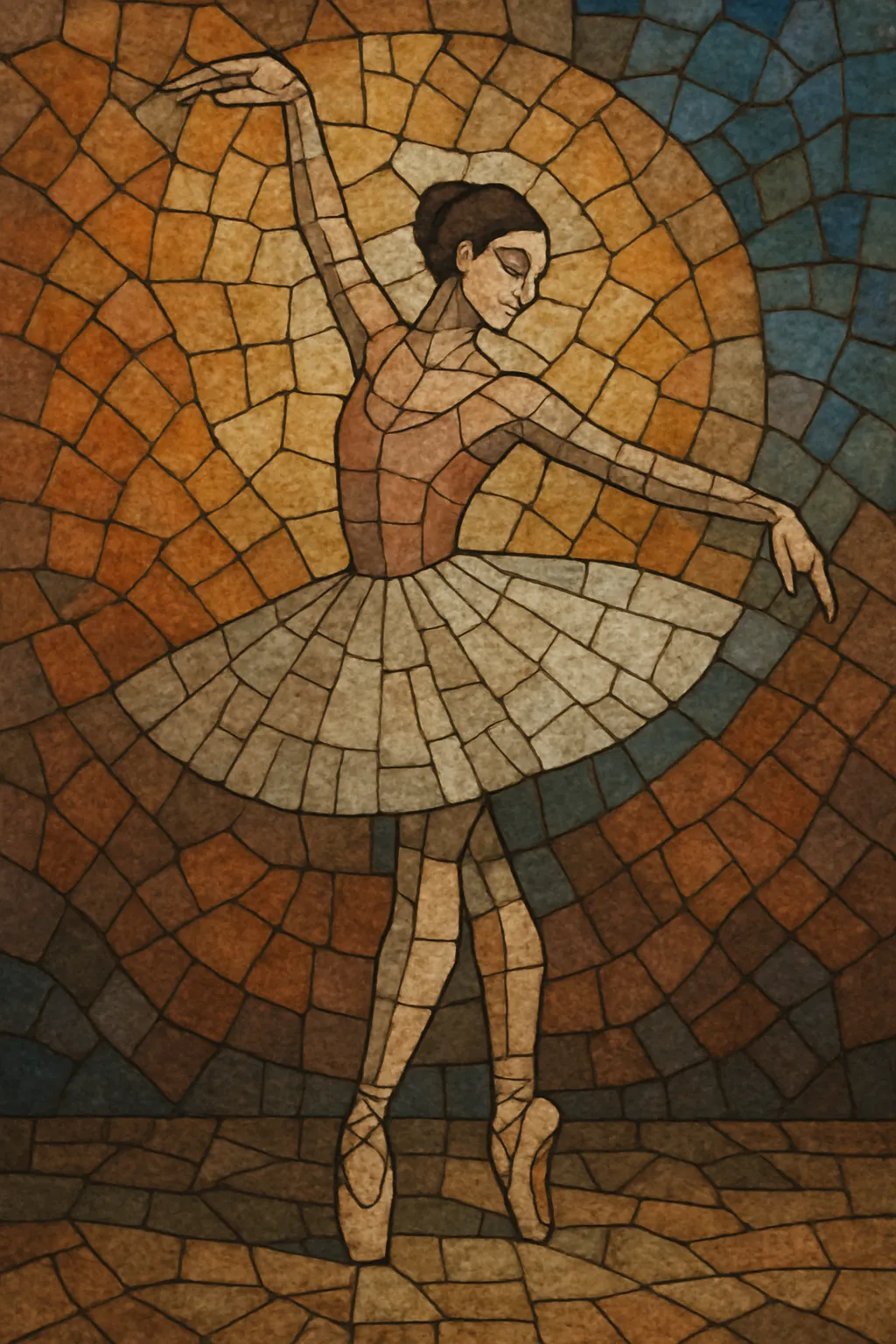Ballet (as a musical genre) refers to orchestral music written to accompany choreographed dance on stage. It prioritizes clear tempi, strongly articulated rhythms, and memorable leitmotifs to support narrative, character, and movement.
While rooted in court entertainment, ballet music evolved into a sophisticated, self-sufficient concert art: many ballets yield popular orchestral suites that are performed independently. Typical numbers include adagios, variations, codas, divertissements, character dances, and large ensemble scenes that mirror the dramatic arc of the choreography.
Stylistically, ballet spans Baroque courtly idioms, Classical clarity, Romantic lyricism, and 20th‑century modernism and neoclassicism. It is predominantly instrumental (full orchestra), but can occasionally include choral or vocal parts when dramaturgy requires it.
Ballet emerged from the Italian Renaissance courts and took formal shape in France, where it crystallized as a courtly spectacle under Louis XIV. Early French "ballet de cour" blended dance, poetry, and instrumental music; composers like Jean-Baptiste Lully codified a clear metric pulse and dance-derived forms suitable for large ceremonial productions.
Through the Baroque and Classical periods, ballet and opera influenced each other, often sharing stages. By the 19th century, ballet music became more autonomous and narratively expressive. Adolphe Adam (Giselle), Léo Delibes (Coppélia, Sylvia), Ludwig Minkus (Don Quixote, La Bayadère), and Alexander Glazunov (Raymonda) established a lyrical, dance-centered orchestral language with transparent textures and strong melodic profiles.
Pyotr Ilyich Tchaikovsky transformed ballet into a symphonic-dramatic form with The Sleeping Beauty, Swan Lake, and The Nutcracker. His expanded orchestration, leitmotivic development, and dramatic pacing set a new benchmark, encouraging concert performance of ballet suites.
Igor Stravinsky’s ballets for the Ballets Russes (The Firebird, Petrushka, The Rite of Spring) revolutionized rhythm, harmony, and color, while Sergei Prokofiev (Romeo and Juliet, Cinderella) and Aram Khachaturian (Spartacus, Gayane) furthered a vivid, theatrical orchestral style. Parallel currents included Debussy (Jeux), Ravel (Daphnis et Chloé), and Satie (Parade), which explored impressionistic and experimental palettes. Contemporary ballet continues to integrate eclectic idioms, electronics, and cinematic orchestration while retaining the genre’s core function: serving movement and story onstage.
Begin with the scenario and choreography plan. Map musical numbers to stage action: entrées, adagios, variations, codas, and ensemble scenes. Assign leitmotifs to characters or ideas to aid recognition and continuity.
Score for a standard symphony orchestra (strings, woodwinds, brass, percussion, harp), adding color instruments (celesta, piano, expanded percussion, chorus) as needed. Keep textures clear so dancers can hear the beat and cues. Use timbral contrasts to delineate character dances and settings.
Favor meters and grooves that align with steps: 2/4 (march/polka), 3/4 (waltz), 6/8 (tarantella), and 5/4 or mixed meters for modern pieces. Shape phrases in symmetrical 4- or 8-bar units to match choreographic counts, with strong downbeat accents and clear cadences. Build codas with accelerating figurations and crisp articulations for virtuosic finales.
Write singable themes with clear contours and periodic phrasing. Employ functional harmony for clarity in classical/romantic idioms; use modal, octatonic, or pandiatonic resources for modernist colors. Reserve dissonance and polymeter for dramatic tension, ensuring dancers still receive a reliable pulse.
Design the pas de deux: entrée (announcement), adagio (lyric balance), variations (solo showcases), and coda (bravura close). Provide rehearsal cuts, safety repeats, ritard/fermata cues for lifts, and notate rubato sparingly but precisely. Prepare a playable piano reduction for studio rehearsals and coordinate click or visual cues if multimedia is involved.
Work closely with the choreographer, conductor, and dancers. Adjust tempi, orchestration balance, and transitions after studio runs. Keep dynamic shapes and articulation crisp so movement reads clearly in the hall.


